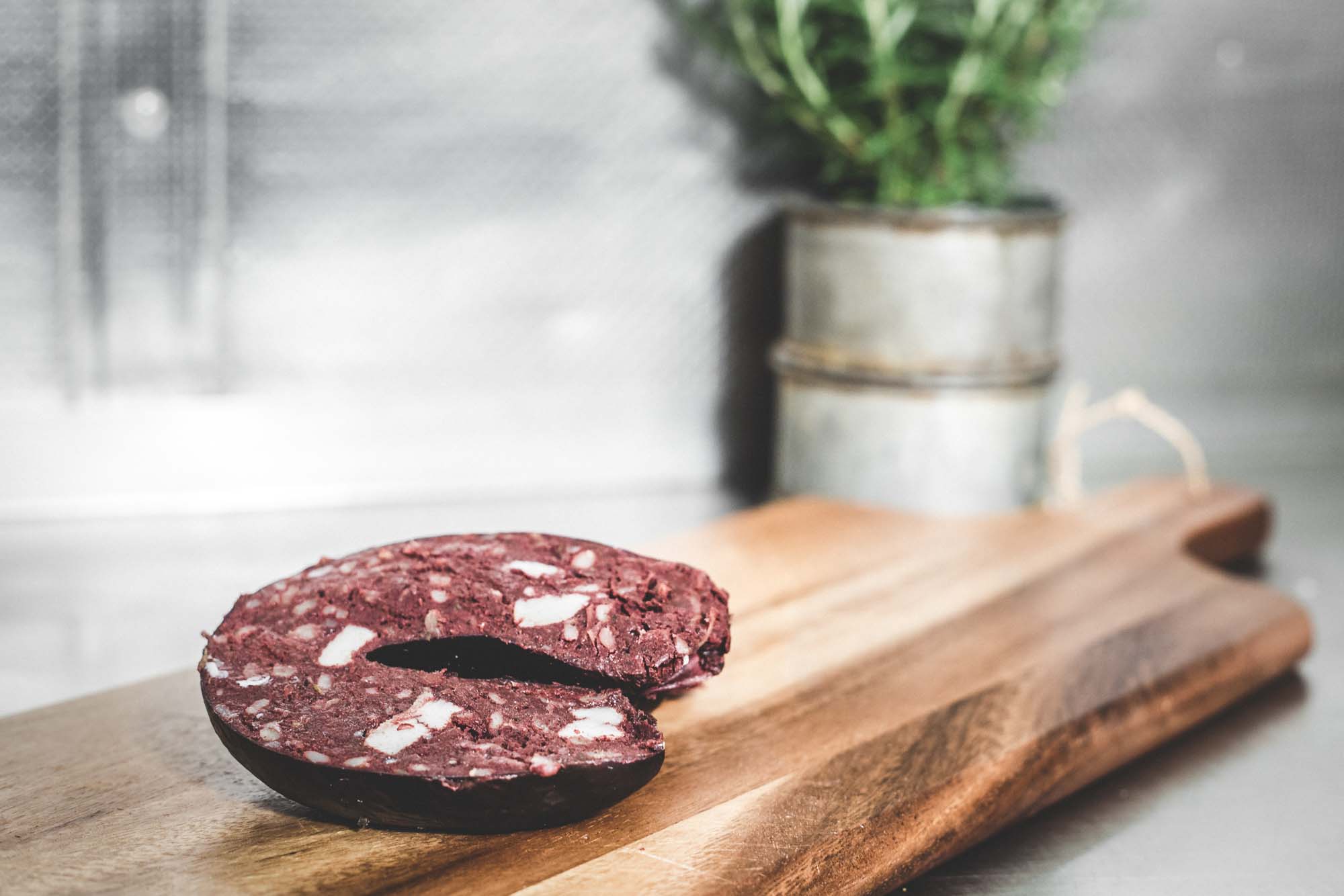Prices are continuing their remarkable rally which has seen the SPP rise from 112p to 151.7p over the past 12 months or so, with further increases forecast, writes Peter Crichton in his “Traffic Lights” commentary for 31 March 2017.
News that the German producer price announced on Thursday had risen by a massive 7 Euro cents helped to keep the bulls busy in the UK pig market, with no bears to be seen and spot quotes are now in or around the 160p mark, with light pigs worth in the 170p region, but as previously, very tight numbers of spot pigs were traded, with contract supplies short across the board, and this situation has also been reflected in the European mainland pigmeat market.
Weekly contribution prices also moved up by 2p across the board within a 152p – 160p range.
With the upcoming Easter holiday approaching, more demand will also add further upward pressure to prices and allow producers to continue to fill the black hole in their accounts over the previous 18 months or so.
Although the value of the Euro, which traded on Friday afternoon worth 85.6p is around 1 per cent down on a week earlier, this did nothing to take the shine off cull sow prices which have also followed the upward track of European pigmeat values, with the two main export abattoirs prepared to pay between 100p – 104p in the main, but once again, ‘big is beautiful’, with large consignments able to command a premium.
Weaner prices continue to move ahead, with the latest AHDB 30kg average rising by £1.57 to £56.84 / head and the 7kg average also moved up by £1.09 to £39.36 / head and this average value looks set to break through the £40 / head barrier soon.
As with finished pigs, spot prices are well ahead of contract, and rather like the story of the ‘tortoise and the hare’, contract prices still have a fair bit of catching up to do.
Cereal markets ended another relatively quiet week, with UK spot feed wheat averaging £144.50/t according to the AHDB and futures prices a shade easier on the LIFFE market, with May 2017 feed wheat quoted at £147/t and November at £137.25/t.
Currently, UK protein prices have eased back slightly, with Brazilian 48 per cent soya meal ex-Liverpool dropping from £333/t to £317/t over the past two weeks and 34 per cent rapemeal ex-Kent losing £5/t to stand at £190/t on 24 March.
It will be interesting to see what currency reactions will be to the Article 50 ‘I’m Out’ UK government letter to the European Council and for this reason there may be further volatility in the currency markets in the months ahead, which will also affect cereal markets one way or another.
And finally, the future of the pig industry will be significantly affected by the outcome of any trade deals the UK secures for its post-Brexit future.
The glass-half-full brigade are hoping that the government can secure free trading agreements with the EU to ensure that UK pig producers are not disadvantaged by future trade deals outside the EU.
The glass-completely-empty brigade, however, fear that if we get a bad deal for pig producers then more volatility will make it a problem to compete in an uncertain world.
More questions than answers, but as things are at present, ever since the 23 June 2016 Brexit result, most of the pig industry has walked with a slight spring in its step rather than a limp.

